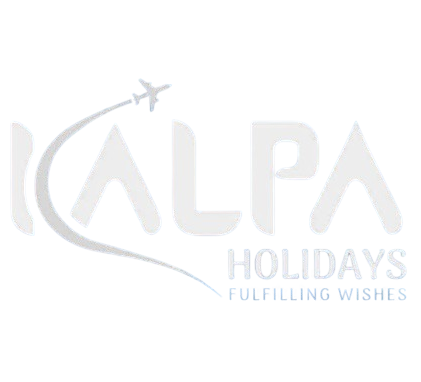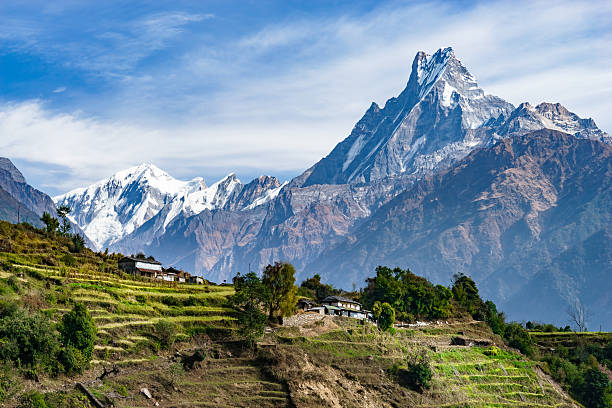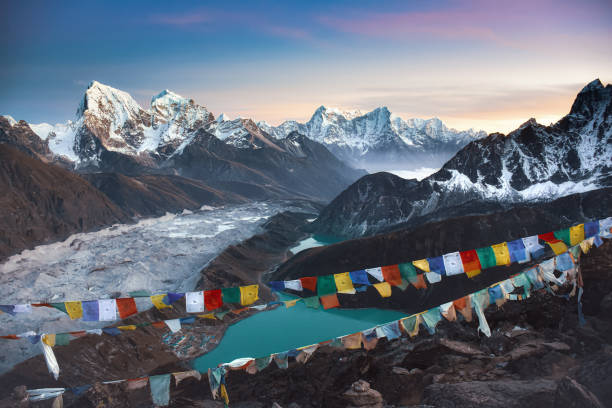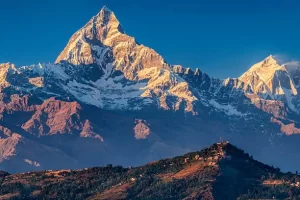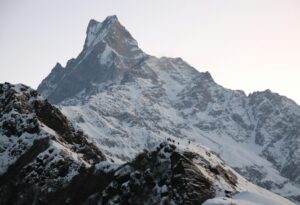 Trekking
Trekking
Mardi Himal Base Camp Trek Adventure
-
Duration 10 Days
-
Activity Trekking
-
4.5 Ratings
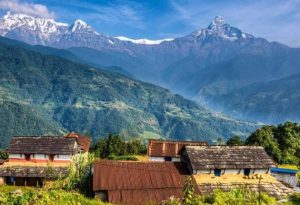 Trekking
Trekking
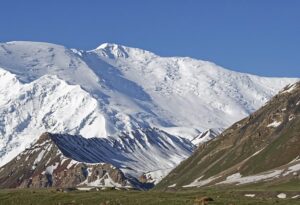 Trekking
Trekking
Annapurna Panorama Trek
-
Duration 11 days
-
Activity Trekking
-
4.5 Ratings
 Trekking
Trekking
Annapurna Circuit with Tilicho Lake Trek
-
Duration 15 days
-
Activity Trekking
-
4.5 Ratings
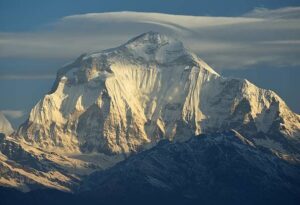 Trekking
Trekking
Annapurna Dhaulagiri Trekking
-
Duration 16 days
-
Activity Trekking
-
4.5 Ratings
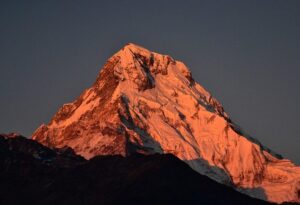 Trekking
Trekking
Round Annapurna Trek
-
Duration 19 days
-
Activity Trekking
-
4.5 Ratings
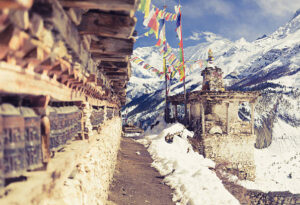 Trekking
Trekking
Trek Around Annapurna
-
Duration 13 days
-
Activity Trekking
-
4.5 Ratings
 Trekking
Trekking
Nar Phu and Annapurna Circuit Trek
-
Duration 18 days
-
Activity Trekking
-
4.5 Ratings
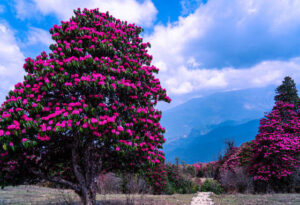 Trekking
Trekking
Poonhill-Mardi Himal Trek
-
Duration 12 days
-
Activity Trekking
-
4.5 Ratings
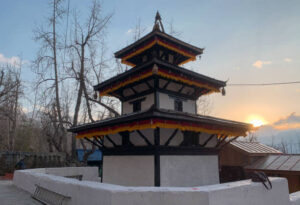 Trekking
Trekking
Kagbeni-Muktinath Trek
-
Duration 12 days
-
Activity Trekking
-
4.5 Ratings
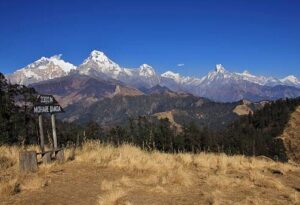 Trekking
Trekking
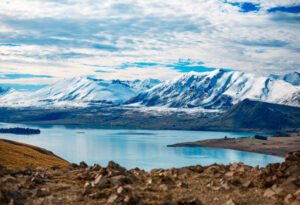 Trekking
Trekking
Kapuche Glacier Lake Trek
-
Duration 8 days
-
Activity Trekking
-
4.5 Ratings
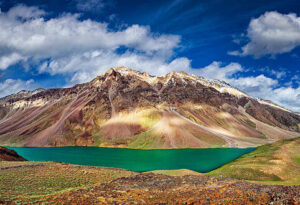 Trekking
Trekking
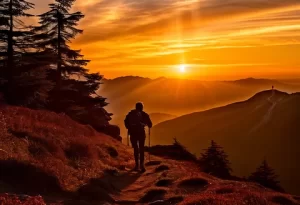 Trekking
Trekking
Machhapuchhre Model Trek
-
Duration 8 days
-
Activity Trekking
-
4.5 Ratings
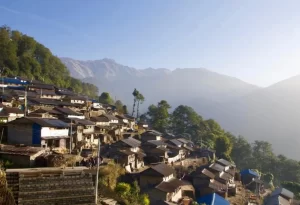 Trekking
Trekking
Danshing Mohoriya Hidden Lake Trek
-
Duration 15 days
-
Activity Trekking
-
4.5 Ratings
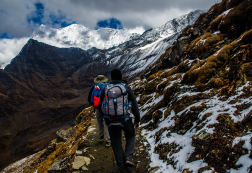 Trekking
Trekking
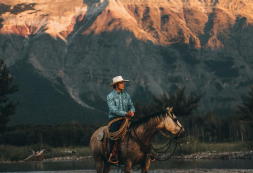 Trekking
Trekking
Lo-Manthang Hidden Kingdom Trek
-
Duration 17 days
-
Activity Trekking
-
4.5 Ratings
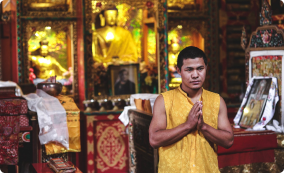 Trekking
Trekking
Tiji Festival Trek In Upper Mustang
-
Duration 17 days
-
Activity Trekking
-
4.5 Ratings
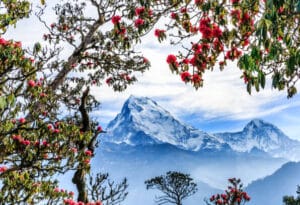 Trekking
Trekking
Khopra Poonhill Trek
-
Duration 11 days
-
Activity Trekking
-
4.5 Ratings
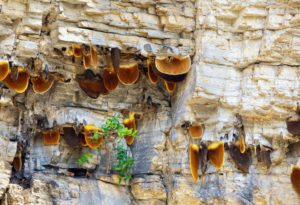 Trekking
Trekking
Wild Honey Hunting Trek in Nepal | Tribal Adventure
-
Duration 10 days
-
Activity Trekking
-
4.5 Ratings
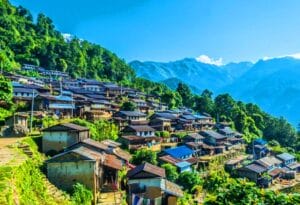 Trekking
Trekking
Panchase Village Trek
-
Duration 10 days
-
Activity Trekking
-
4.5 Ratings
 Trekking
Trekking
Ghalegaun Community Village Trek
-
Duration 10 days
-
Activity Trekking
-
4.5 Ratings
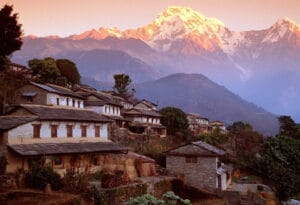 Trekking
Trekking
Ghandruk Village Trek
-
Duration 7 days
-
Activity Trekking
-
4.5 Ratings
 Trekking
Trekking
Sikles Village and Kapuche Lake Trek Nepal
-
Duration 9 days
-
Activity Trekking
-
4.5 Ratings
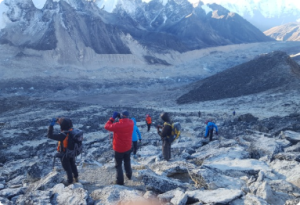 Trekking
Trekking
Damodar Kunda Trek Adventure – Sacred Himalayan Journey
-
Duration 22 days
-
Activity Trekking
-
4.5 Ratings
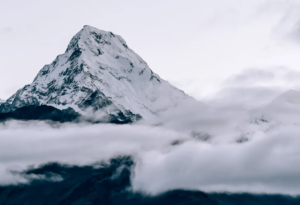 Trekking
Trekking
Ghorepani Poon Hill Trek with Chitwan Jungle Safari
-
Duration 13 days
-
Activity Trekking
-
4.5 Ratings
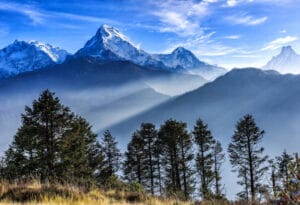 Trekking
Trekking
Trek Annapurna Circuit
-
Duration 22 days
-
Activity Trekking
-
4.5 Ratings
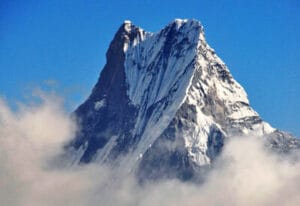 Trekking
Trekking
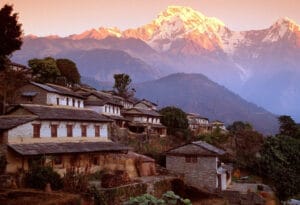 Trekking
Trekking
Poonhill and Mardi Himal Trek – Scenic 12-Day Adventure
-
Duration 12 days
-
Activity Trekking
-
4.5 Ratings
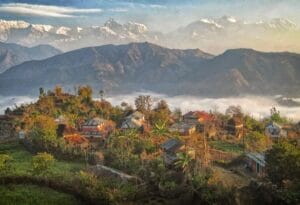 Trekking
Trekking
Annapurna Village Trek – 9 days
-
Duration 9 days
-
Activity Trekking
-
4.5 Ratings
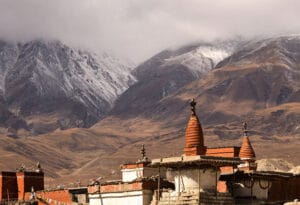 Trekking
Trekking
Upper Mustang Eco Trek
-
Duration 16 days
-
Activity Trekking
-
4.5 Ratings
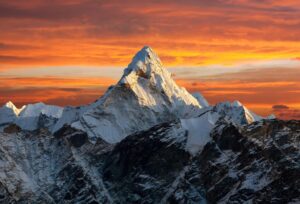 Trekking
Trekking
Trekking to Annapurna Base Camp
-
Duration 10 days
-
Activity Trekking
-
4.5 Ratings
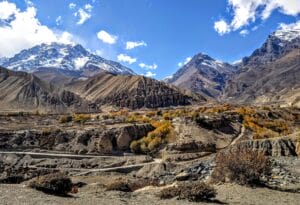 Trekking
Trekking
Upper Mustang Lo-manthang Trek
-
Duration 16 days
-
Activity Trekking
-
4.5 Ratings
